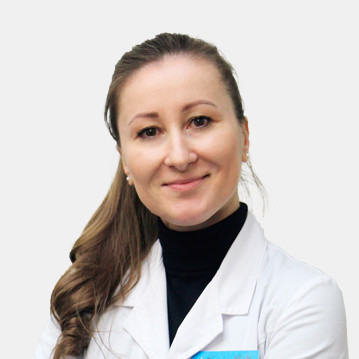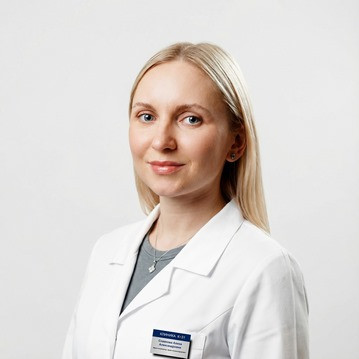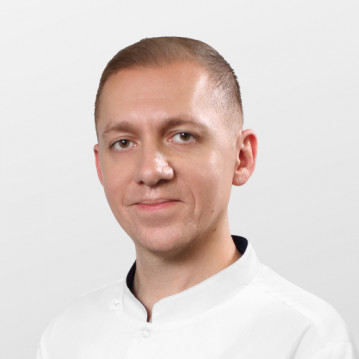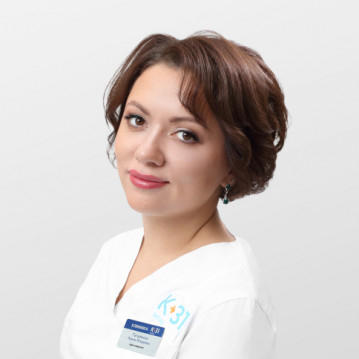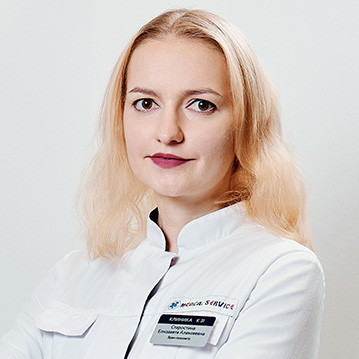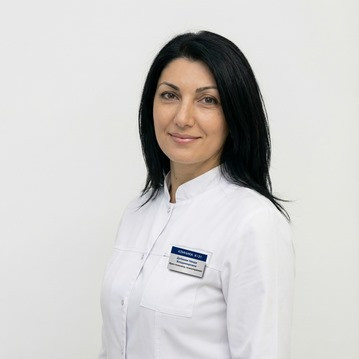Symptoms of a Panic Attack
A key symptom of a panic attack is an attack of anxiety, which, depending on its severity, can range from a slight feeling of internal anxiety or tension to real panic. Sometimes a panic attack is manifested by a feeling of fear, the severity of which can also be different.
As a rule, fear during a panic attack does not have any objective reasons; it arises suddenly. At the very beginning of the disease, it is very difficult for the patient to give a certain characteristic or description of his fear. Subsequently, when the “experience” of transferring panic attacks appears, there is a fear of the situation that provoked the development of the attack or just accidentally coincided with it. Further development of such fears leads to the emergence of a new type of mental disorders - phobias, which can significantly disrupt the patient’s social adaptation and quality of life.
The duration of a panic attack is no more than 30 minutes, most often - 10-20 minutes. At this time, the course of the key symptom (mental component) is being laid.
The severity and duration of the attack does not correlate with each other. The attack can be short and pronounced, long and weak, short and with minimal clinical manifestations, long and with severe symptoms. The latter option is usually observed in neglected patients who did not receive the necessary treatment despite the deterioration of their mental health.
A panic attack is almost always accompanied by a somatic component. Moreover, somatic symptoms appear somewhat earlier than anxiety or panic, which worsens the course of the disease, increasing the fear of an imminent attack. After the end of the attack, symptoms from various organ systems continue for some time, up to several hours.
According to established international diagnostic criteria, in a panic attack, the mental component must be combined with at least four somatic symptoms from the following:
- Increased sweating;
- Internal or external trembling;
- Dizziness up to a fainting state;
- Tachycardia (pulse above 90 beats per minute);
- Discomfort or feeling of compression behind the sternum;
- Dyspnea;
- Labored breathing;
- Nausea or discomfort in the abdomen;
- Numbness and tingling of the arms and legs;
- Sleep disturbance;
- Confusion of thoughts;
- Derealization, depersonalization;
- Fear of uncontrolled and unpredictable actions;
- Fear of death.
It is due to the severity of these symptoms, especially from the cardiovascular, respiratory and digestive systems in combination with an insignificant mental component, that the main diagnostic errors occur and the necessary treatment is prescribed very late.
The totality of panic attacks, their systematic appearance with the addition of other symptoms, leads to the development of panic disorder.
Panic Attack Treatment
For many years, K + 31 clinic specialists have been involved in the diagnosis and treatment of panic attacks. Having rich clinical experience and good theoretical training, psychiatrists and psychotherapists of the Department of Crisis Conditions K + 31 conduct accurate differential diagnosis of panic attacks with the subsequent appointment of effective therapeutic measures.
In K + 31, not only psychopharmacology is used, non-drug methods in the form of cognitive-behavioral therapy are also widely used. Proper psychotherapy is one of the main approaches in the treatment of the initial forms of panic attacks. When conducting individual and group therapeutic sessions, modern methods are introduced, developed by world-famous scientists in the field of psychology and psychiatry. Thanks to this, patients with panic attacks receive invaluable help at the K + 31 clinic.

